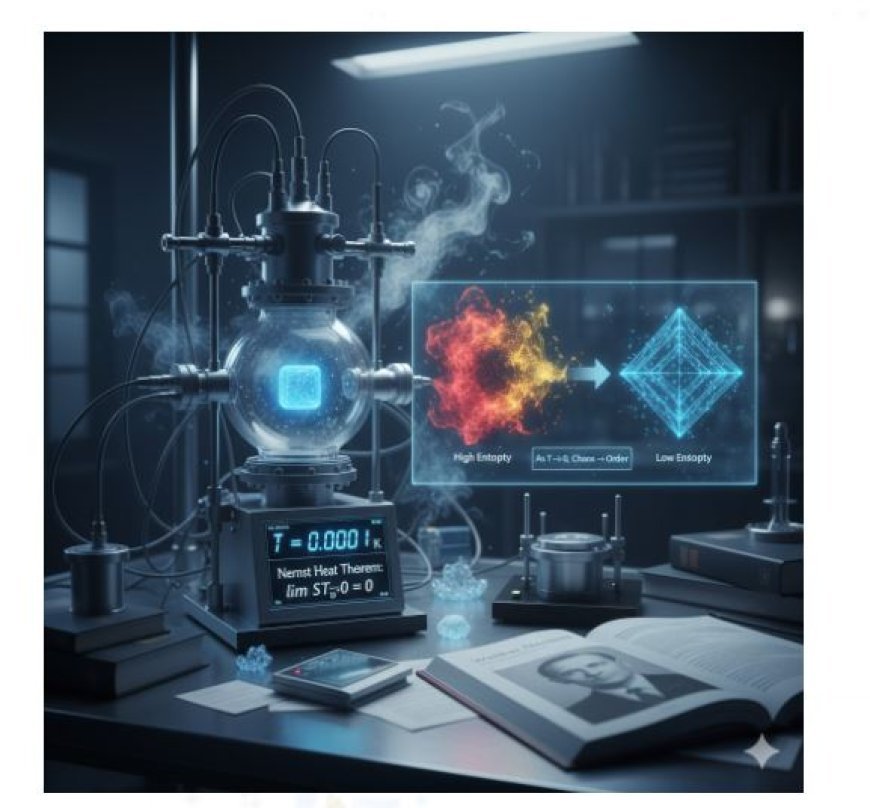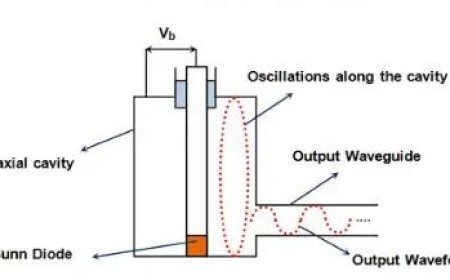NERNST HEAT THEORM
Nernst Heat Theorem: As temperature approaches absolute zero, the change in entropy of a reaction approaches zero. Colder reactions become less spontaneous.

The Third Law of Thermodynamics (3rd Law)
- It was the German chemist Walther Nernst who came up with the third law of thermodynamics between 1906 and 1912. Walther Nernst won the Nobel Prize in Chemistry in 1920 for this work.
- Because of this, Nernst's theory or postulate, is often used to refer to the third law of thermodynamics.
- If a system is in thermodynamic balance, the third rule of thermodynamics says that as the temperature goes down, the entropy goes down as well.
- On the other hand, when entropy gets close to zero, the absolute temperature of any pure crystalline material with thermodynamic stability gets close to zero as well.
The Nernst Heat Theorem, which comes from the Third Law, says: - In a limited number of steps, no process, no matter how well thought out, can bring the entropy of a system down to its very lowest level.
Mathematically:
- After that, Max Planck, a German scientist, used the Nernst heat theorem to explain the third law of thermodynamics in terms of entropy and absolute zero.
- At absolute zero, some things don't have a clear order, like any flexible object. In these materials, like glass, there is some limited entropy that stays at zero because the system's tiny structure can be set up in different ways (W ≠ 1).
- The residual entropy is this steady entropy. It is the difference between a material in a non-equilibrium state and a crystal state that is very close to zero.
- Boltzmann's constant k times the logarithm of the number of different states gives you entropy.
S = kB logW
- The main idea behind statistical mechanics is this equation, which connects the system's microstates (represented by W) to its larger state (represented by S).
Absolute Zero
- Theoretically, absolute zero is the coldest temperature. At this temperature, the movement of atoms and molecules through heat is the slowest.
- If you take 0 as the number for enthalpy and entropy in a cooled perfect gas, this is the state it is in.
Mathematically:
lim ST→0 = 0
where
S = entropy (J/K).
T = absolute temperature (K)
- In a normal world, this would mean that the particles are not moving, but quantum uncertainty says that they still have finite zero-point energy.
- If you want to know the difference between absolute zero and 0 K, −273.15 °C, or −459.67 °F, use the Kelvin scale.
What's Your Reaction?



































